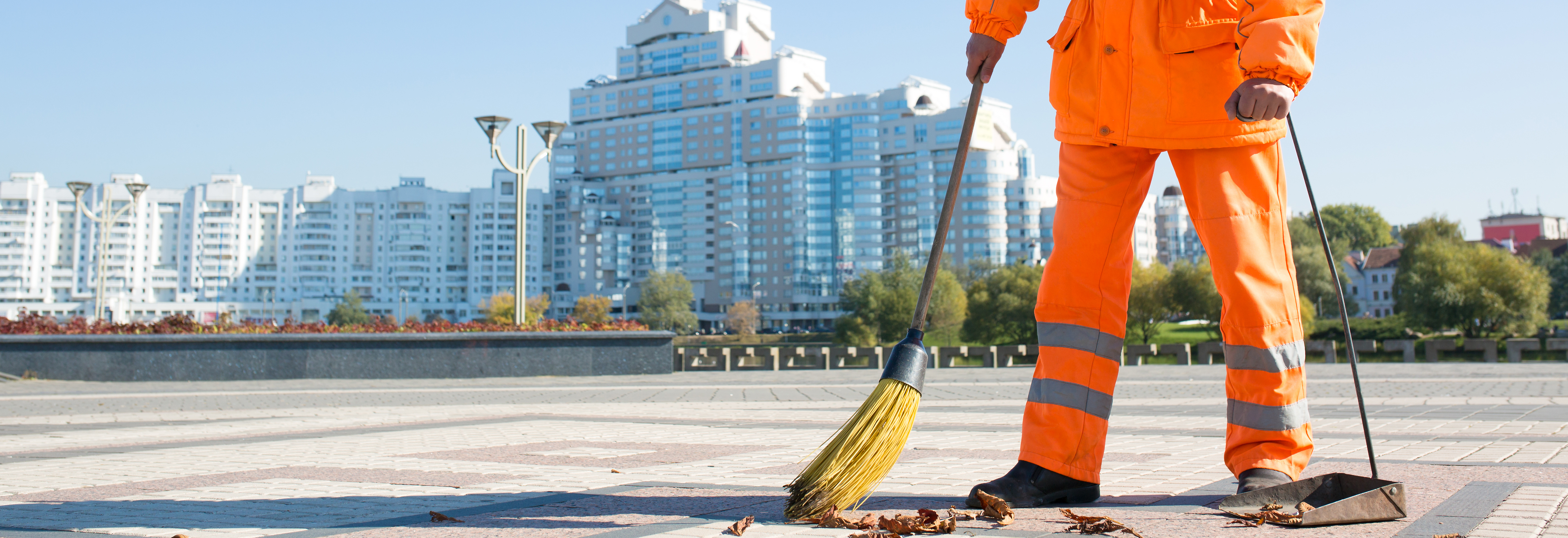Author: Bob Lapidus, CSP, CSMS
Over my career in safety, I have found more often than not that maintenance supervisors and their staffs do not want me around. They have enough on their plate to do; they do not need the safety consultant to find more things needing to be corrected; more work for them to do.
It is the rare maintenance person who is eager to have an objective person come into his or her workplace and find hazards that could cause injury to people and/or damage to property. When I work with such a person, it is a joy. There is a camaraderie between the maintenance person and the safety person with both people wanting the best for the organization.
Working together, we both find unsafe or inefficient work situations, and we discuss the most effective methods to fix the identified problems.
As we have known for decades, much of what we do in safety, probably in life, is reactive, but that is not a negative thing. Sometimes we react due to an accident. Sometimes we react due to finding an unsafe situation or seeing an employee working unsafely. The act of seeing what is wrong is a proactive effort. We do proactive inspections, proactive investigations, and proactive corrective measures. Safety and maintenance working together is a wonderful and proactive achievement.
Collectively the safety person and maintenance person seek to find things that are not working right. They walk the shops and offices; they look into the storage rooms and warehouses; they seek out what might be wrong with layout, procedures, design, and operational mechanisms.
Together they seek out accident-potential clues such as:
Site and Structures
1. Complex traffic patterns
2. Undesirable landscaping or vegetation
3. Neighborhood problems
4. Opportunities to fall
5. Inadequate lighting
6. Electrical hazards
Operating Machinery and Equipment
7. Lack of machine guarding
8. Cutting operations
9. Lack of or incorrect lockout/blockout/tagout
10. Lack of grounding or ground fault circuit interrupter (GFCI) protection
11. Lack of personal protective equipment
Materials
12. Questionable piling or stacking
13. Overcrowded conditions of materials
14. Incorrect storage of compressed gas cylinders
15. Lack of identification on containers
16. Lack of manual material lifting devices
It is a team effort. Neither the safety person nor the maintenance person is trying to be better than the other. They are both working to maximize the proficiency of the organization and to make correct safety performance matter on a moment to moment basis.
For More Information:
To become part of discussions on topics like the one above, go to www.safetycenter.org to obtain information about Safety Center’s Safety Management Specialist Certificate.
After completing this nine-day program, graduates may take the exam to achieve the Certified Safety Management Specialist (CSMS) designation. Once this certification is achieved, successful candidates keep it for the rest of their lives without any additional requirements or fees.
Articles\SafetyManagementSpecialistCertificate-Article#37-101514.doc


